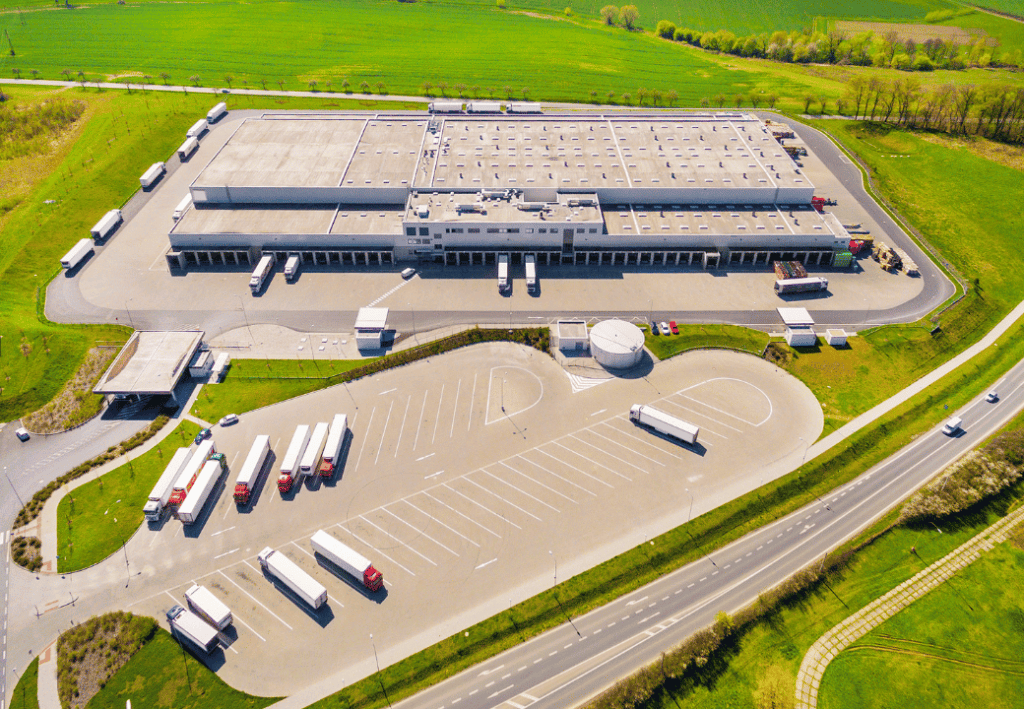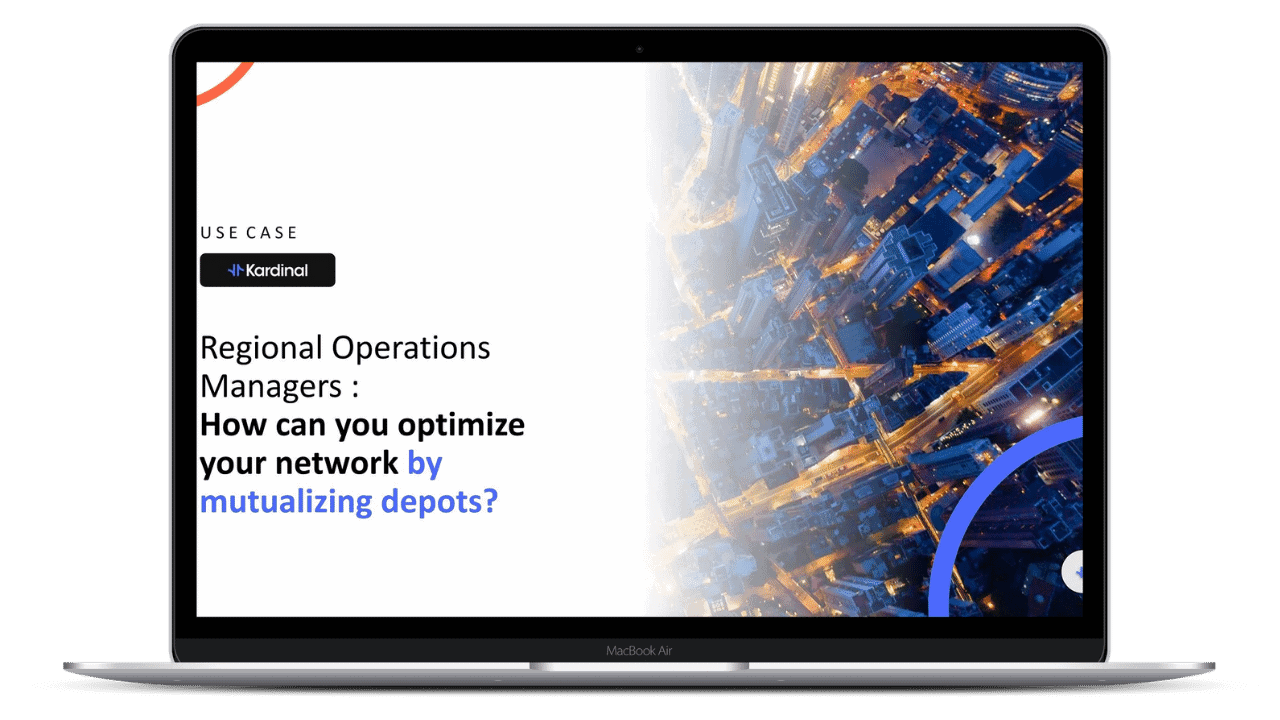For parcel delivery companies, the issue of the number of depots and their territorial coverage is a major challenge. Indeed, the performance and efficiency of their logistics network largely depends on the density and quality of their territorial coverage.
The logistics network refers to all the operations and processes involved in managing parcels, from shipping to final delivery (collection, sorting, transportation, and distribution). An efficient logistics network must reduce waiting times, transport and storage costs, while improving service quality for customers.
The territorial network, on the other hand, refers to the company’s geographic coverage, i.e., the distribution of depots and distribution centers throughout the territory. A dense territorial mesh ensures optimal coverage of the territory, reduces delivery times, and minimizes transport costs.
To optimize their logistics network and territorial mesh, parcel delivery companies must consider several factors, such as population density, distance between depots and distribution centers, transport routes, most efficient transport modes, as well as regulatory and logistical constraints.
An inevitable trade-off on the last mile depot network
When operating a nationwide parcel delivery network, made of several depot which are in charge of some delimited territory, one must reach the appropriate trade-off in the number of depot and their respective coverage.
Option 1: Capitalize on a large depot network
The more depots in the network, the smaller the areas covered by each of them will be, thus making last-mile operations much easier. Indeed, the amount of parcels to handle everyday will be lower and the routes will remain closer to the depot, which will increase their profitability.
However, the multiplication of facilities can lead to significant costs in terms of investment, maintenance, and management, not to mention the costs associated with managing human and material resources.
Indeed, costs may include:
- The purchase or rental of warehouses as well as their layout and equipment,
- Maintenance and repair of machines,
- The hiring of staff, their supervision and training.
Option 2: Reduce the number of depots
While territorial coverage must be sufficient to meet customer needs, it must also be efficient and profitable for the company. Having a few depots considerably reduces operational costs due to the reduction of costly material facilities (infrastructure, logistics to setup through the line haul, etc.) and resources used (on-site personnel for example). However, last mile operations will be more complex as the volumes to be processed by each depot will be much higher and the areas to be delivered more distant. Routes will therefore be less profitable overall.
Parcel delivery companies must therefore find a balance between the density of their network and the profitability of their operations, while optimizing routes and modes of transport to minimize costs. That trade-off is often found through step-by-step optimization over the years, adapting to market changes, exploiting every improvement opportunities.
The opportunity of depot mutualization when facing overlapping networks
However, there are times when the natural balance of the network can be deeply challenged. The most obvious example is external growth, when a parcel delivery players absorbs another. Some examples are:
- La Poste Group, which bought GeoPost in 1999 to create its various parcel delivery subsidiaries (Chronopost, DPD).
- DHL, which acquired UK Mail in 2016 to strengthen its presence in the UK parcel delivery market.
- Fedex, which acquired the Dutch company TNT Express in 2016 and the French company Tatex to strengthen its presence in Europe.
- DPD, which acquired the Spanish company TIPSA in 2021.
But internal growth is also possible, when several delivery services became available through their own structure and network, like for Fedex in the US with their 3 main divisions: Express, Ground and Freight.
In both cases, several networks are overlapping, serving the same global territory. This is where a mutualization opportunity arise, to be seized.
Obviously, when several networks overlap, it is only natural to think about mutualizing activities through a well-chosen subset of depots that would handle the global flow. In real-world, only a limited set of options is available, as depots cannot always be adapted to a larger and varier flow of parcels. But picking the best option is not an easy tasks, as short and long term impacts of this choice on day-to-day operations are really hard to anticipate.
This is why such highly strategic decision, whose impact will last for years, should be supported by as many facts and simulations as possible. However, most deciders are only left with their experience, an Excel sheet, and months of cumbersome back and forth.
Kardinal’s approach: AI for true data-driven decision
With Kardinal’s solution, such strategic decisions can be made in just a few hours. By exploiting the full power of historical data, the tool calculates territory optimizations based on a potentially unlimited number of scenarios.
Kardinal’s solution provides accurate projections on operational costs by optimizing the sectorization structure in various contexts:
- regular day to day
- peak periods
- long term projections
- etc.
These simulations can be made for a single depot, or for several at the same time, thus optimizing the territory balance between them. Ultimately, in front of a mutualization opportunity, it provides a clear and accurate understanding of the cost structure that will result from each available choice and each potential future scenario.

